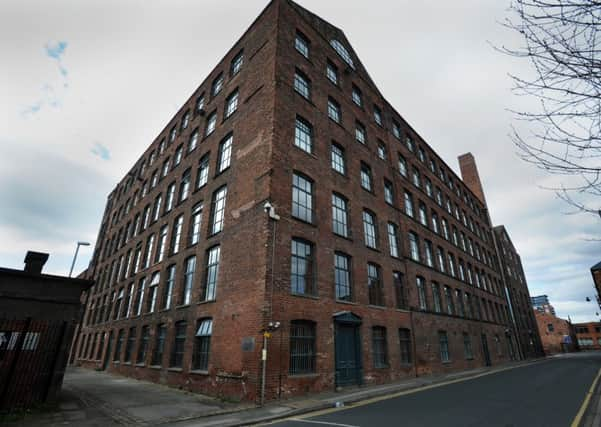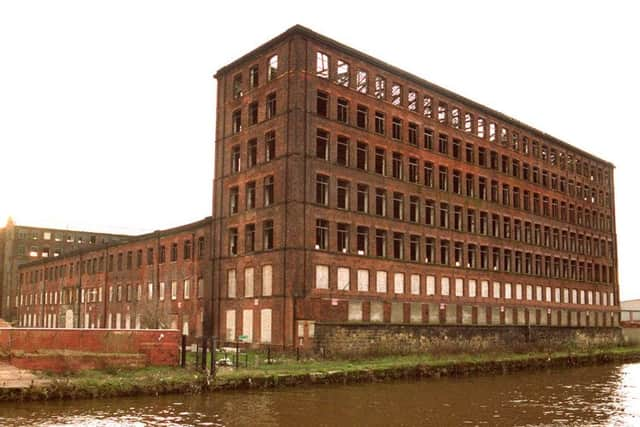Leeds nostalgia: Reworking our industrial legacy


Looking at some of the old mills today they are monuments to a bygone era, standing like gargantuan marooned ships, their many windows staring forlorly out at the world beyond. Although many have found - and continue to find - another use, others yet stand silent, awaiting their turn.
One such is Hunslet Mill. Now derelict, building on the banks of the River Aire on the way to Thwaite Mills is the former flax reeling works of John Wilkinson.
Advertisement
Hide AdAdvertisement
Hide AdCompleted in the 1840s, Hunslet Mill was built in red brick and with its seven storeyswas the largest flax mill in Leeds, employing over 1,500 female flax reelers.


Later it was used for the manufacture of linen and then blanket weaving. Next to Hunslet Mill stands Victoria Works which produced linseed oil from flax seeds.
Armley Mills stands on the banks o the River Aire. With the river taking a sweeping curve around a narrow plateau and its rocky bed providing a natural fall, Armley Mills occupies one of the best sites in West Yorkshire for harnessing the power of water. There has been a mill here since at least 1559.
In 1788 Colonel Thomas Lloyd’s mill on the site was destroyed by the first of a series of fires. It was following one such fire in 1805 that the ‘fireproof’ woollen mill we see today was built by Benjamin Gott. Despite taking direct hits from air-raids in 1942, the mill, under the ownership of Bentley & Tempest Ltd, continued production until 1969.
Today it houses the Leeds Industrial Museum, home to internationally significant collections telling the story of industrial Leeds.